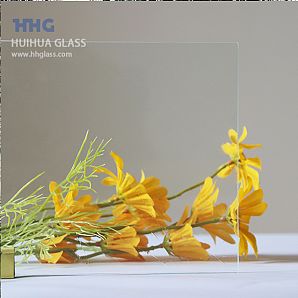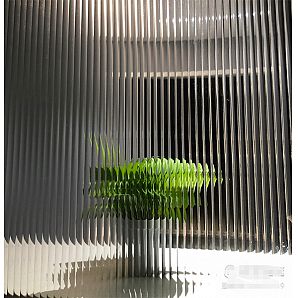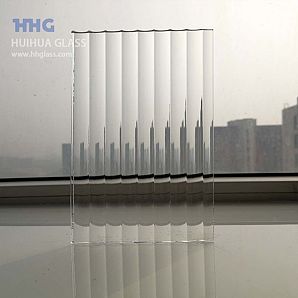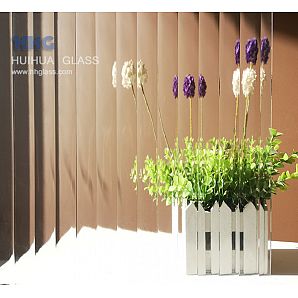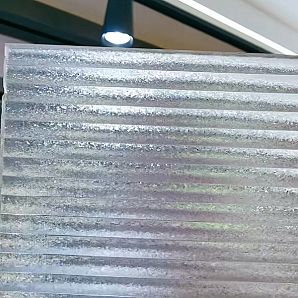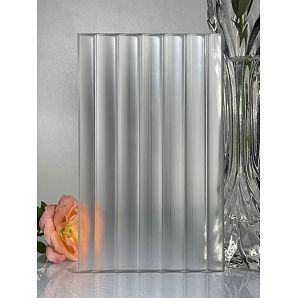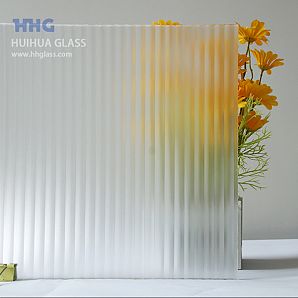The Various Glass Types Used in Construction
In construction, three primary types of glass—annealed glass, heat-strengthened glass, and toughened glass—play key roles. Each type offers distinct performance characteristics, contributing to the mechanical, optical, and aesthetic aspects of structural applications in buildings. This article provides an overview of these glass types and their applications.
Float Glass or Annealed Glass:Float glass, created through controlled cooling to prevent residual stress, possesses high-quality properties with excellent optical clarity. It is versatile, allowing cutting, drilling, machining, edging, bending, and polishing. However, it lacks shock resistance and has lower tensile capacity compared to heat-treated glass. Annealed glass is not suitable for human impact applications and does not qualify as safety glass.
Heat-Strengthened Glass:Heat-strengthened glass, produced by heating annealed glass to around 650°C and then quenching it with cooled air, undergoes compression on the surface while maintaining tension in the center. This process enhances thermal resistance and mechanical strength, making it approximately twice as strong as annealed glass. Heat-strengthened glass breaks into large pieces if shattered, reducing the risk of injury. While not a safety glass for human impact applications, it finds use in laminated form, especially for floors.
Toughened Glass:Thermally toughened glass is created through controlled heating to about 650°C followed by rapid cooling with compressed air, resulting in a rigid outer layer that makes it stronger and more resistant to impact stress and temperature changes. Toughened glass is significantly stronger than conventional glass and fractures into small, less harmful fragments upon breakage. Cutting, drilling, and grinding must be done before the toughening process to prevent imbalances in stresses.
Other Glass Treatments:
Heat Soaked Toughened Glass: This involves heating toughened glass to 290°C and gradually cooling it, minimizing the risk of spontaneous breakage due to nickel sulfide inclusions.
Chemically Strengthened Glass: Glass with high sodium content can be chemically prestressed, but it is not readily available locally and is mainly used for thin glass.
Laminated Glass: Comprising layers separated by an interlayer, laminated glass is employed where human impact is a concern or where glass fragments could pose a risk. It can combine properties of heat-strengthened or toughened glass.
Insulating Glass Units: Consisting of two or more glass panes separated by a spacer and sealed, these units help prevent condensation and reduce heat loss or gain. Adding Low-E coating and gas fill enhances energy efficiency.
This introductory overview aims to equip structural engineers and architects with fundamental knowledge about the different glass types used in construction. In the next installment, we will delve into the behavior of glass under stress and strain.
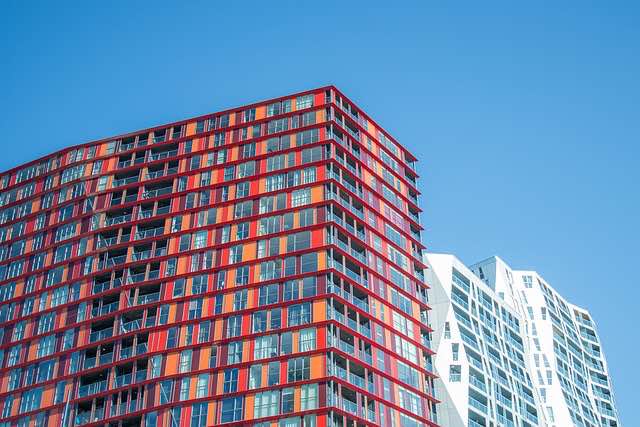
HHG is a professional glass manufacturer and glass solution provider include range of tempered glass, laminated glass, textured glass and etched glass. With more 20 years development, there are two produce lines of pattern glass ,two lines of float glass and one line of restoration glass. our products 80% ship to overseas, All our glass products are strict quality control and carefully packed in strong wooden case, ensure you receive the finest quality glass safety in time.
More Detail: www.hhglass.com

